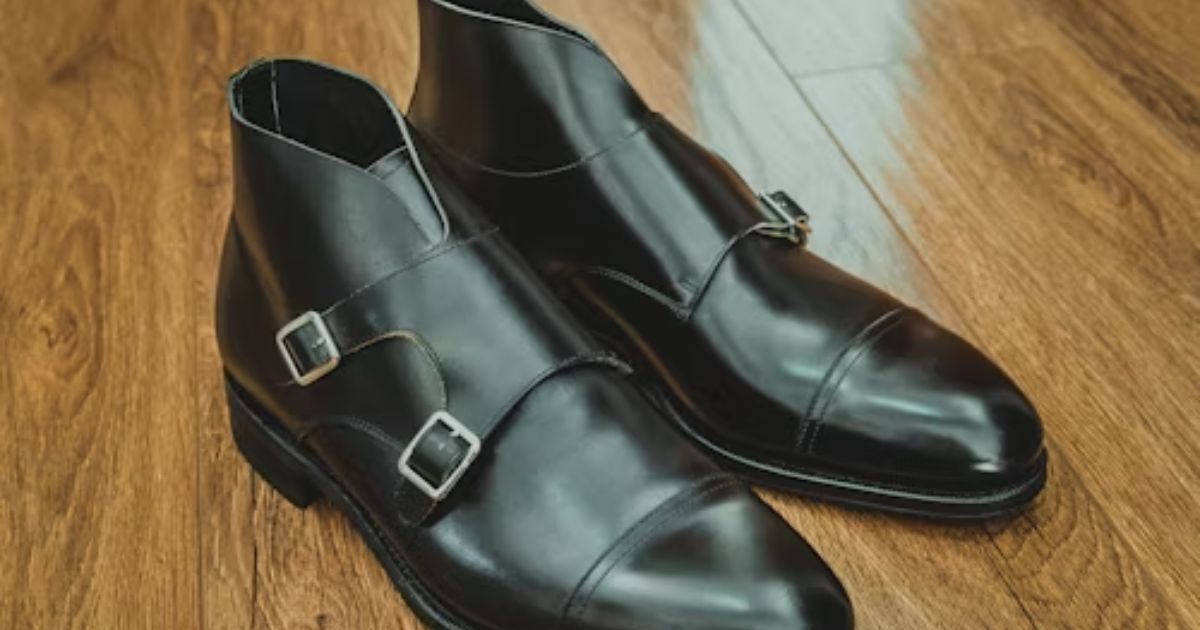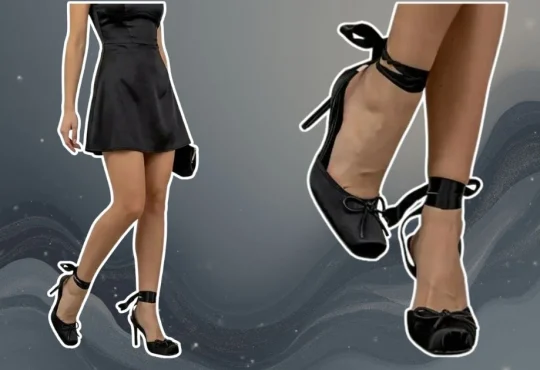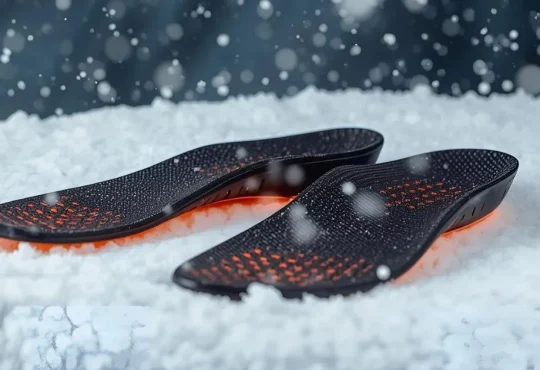Leather soles have been a hallmark of quality craftsmanship for centuries, admired for their durability, elegance, and timeless appeal. Unlike their rubber or synthetic counterparts, leather soles offer a unique blend of comfort, breathability, and aesthetic sophistication. But how exactly are these iconic soles made? What steps are involved in turning raw leather into the smooth, long-lasting base of premium steps are involved in turning raw leather into the smooth, long-lasting base of a premium shoe?
This article takes a deep dive into the meticulous art of crafting leather soles and the processes involved from start to finish.
The Journey Begins: Selecting the Right Leather
The process of making leather soles begins with selecting the right type of leather. Not all leather is suitable for use in shoe soles, so choosing a high-quality material is crucial for ensuring both durability and comfort. The leather used for soles typically comes from the thick, durable sections of cowhide, which are tanned to a specific consistency that allows for both flexibility and strength.
The thickness, density, and exceptional durability make full-grain leather a popular choice. This type of leather retains the original surface texture, making it naturally resistant to wear and tear. While other types of leather, such as corrected-grain or split leather, can also be used, full-grain leather is regarded as the best option for high-end shoe soles due to its resilience and long-lasting quality.
Step 1: Preparing the Leather
After choosing the hide, the securing procedure starts. Leather tanning involves turning raw animal hides into a durable, flexible material that can withstand years of wear. The two primary methods of tanning leather are vegetable tanning and chrome tanning. Each method affects the texture, color, and durability of the leather, but both processes result in leather that is sturdy enough for shoe soles.
Vegetable tanning is a slower, more traditional method that uses plant-based tannins found in materials like oak bark or chestnut wood. This method results in a thicker, more rigid leather that is often preferred for shoe soles due to its long-lasting qualities. The tanning process can take weeks, but it produces leather that becomes more supple and beautiful with age.
Chrome tanning, on the other hand, is a faster process using chromium salts, resulting in a softer, more pliable leather. While it is commonly used for different parts of shoes, like the uppers, it is less often used for soles due to its tendency to be less durable than vegetable-tanned leather.
Once tanning is finished, the leather is meticulously dried and conditioned. It is then cut into the appropriate size and shape for the shoe soles. Depending on the design of the shoe, the leather may be cut into a single sheet or several layers to be stacked for added strength.
Step 2: Cutting and Shaping the Sole
After the hide is readied, it’s time to trim and mold it to fit the intended outsole design. The exact shape of the sole will depend on the type of shoe being made, whether it’s a formal dress shoe, a boot, or a casual loafer. Cobblers use precise templates or patterns to ensure that the soles are cut to the correct dimensions.
The cutting process is usually performed using either a manual blade or an automated cutter. Skilled craftsmen often use a technique called “clicking,” which involves pressing the leather into a die or mold to cut out the exact shape of the sole. This method allows for consistent, uniform cuts, which are essential for achieving the perfect fit.
At this stage, the leather may be too thick or stiff to bend and mold easily. To combat this, it may be softened through the use of hot water or steam, which helps to make the leather more pliable for the next steps of the process. The edges of the soles are then beveled or smoothed to ensure that they are clean, uniform, and ready for the next step in the manufacturing process.
Step 3: Attaching the Sole to the Leather Shoe
Once the leather sole is shaped and prepared, it’s time to attach it to the shoe’s upper. This phase plays a vital role in making sure the shoe remains sturdy and comfortable. Several methods can be used to attach the sole, with the most common being the Goodyear welt, Blake stitch, and Norwegian welt techniques.
Goodyear welt is one of the most traditional and durable methods, especially for leather-soled shoes. Involves stitching the leather sole to a welt (a strip of leather or fabric), which is then attached to the upper part of the shoe.
This method allows for easy resoling, making the boots long-lasting and highly repairable.
The Blake stitch method, commonly used in high-end dress shoes, directly connects the upper to the sole, eliminating the need for a welt. Although this technique is faster and more cost-effective, it typically produces a shoe that’s less durable compared to one made with a Goodyear welt.
Featuring a unique stitching pattern, it joins the upper to the welt, creating a waterproof barrier between the leather and the outsole. This construction enhances both the durability and comfort of the footwear, particularly in harsh environments.
Each attachment method affects the overall structure, flexibility, and repairability of the shoe, making it important to choose the right technique based on the intended use and design of the footwear.
Step 4: Stitching and Reinforcing the Sole
Once the leather sole is securely attached to the shoe’s upper, it is time to reinforce the stitching and add extra layers of protection. This stage typically involves using strong nylon or polyester threads that can withstand years of pressure and wear.
Some manufacturers may also add additional layers of material, such as rubber or cork, between the sole and the upper. This helps provide extra comfort, improve shock absorption, and make the sole more slip-resistant. Leather soles alone, while highly durable, can be slippery, especially in wet conditions. To address this, rubber or other synthetic materials are sometimes added to the heel or other high-impact areas.
For added protection against moisture, the leather may be treated with a waterproofing agent. This serves to close the leather’s pores, stopping water from penetrating the material and leading to harm. Proper waterproofing ensures that leather soles remain functional in a variety of weather conditions and last longer.
Step 5: Shaping, Polishing, and Final Touches
After the sole has been securely stitched and reinforced, the final touches are applied. The sole is smoothed and shaped to match the curves of the foot, ensuring comfort and style. The edges of the leather are often dyed to a dark color to prevent them from becoming dirty and to give them a polished, finished appearance.
At this stage, cobblers also polish the leather sole to give it a smooth, glossy finish. This step enhances the natural beauty of the leather and provides a sleek look that is highly sought after in high-end footwear.
Step 6: Quality Control and Testing
Before the leather-soled shoes are sent out for sale, they undergo a rigorous quality control process. This step ensures that each pair of shoes meets the brand’s standards for craftsmanship, durability, and comfort.
Cobblers inspect each shoe for stitching integrity, sole durability, fit, and overall appearance. Any imperfections or inconsistencies are addressed before the boots are approved for sale. The shoes are then polished one final time, packaged, and ready for their new owners.
The Role of Technology in Modern Leather Sole Crafting
While traditional methods have remained unchanged for centuries, the integration of technology in the manufacturing of leather soles has brought a new level of precision and efficiency to the process. Automated machinery now helps cut, stitch, and shape leather soles with increased accuracy, reducing the time and labor traditionally required. However, this doesn’t mean that handcrafting has disappeared entirely—many high-end shoemakers still rely on skilled artisans to finish the shoes by hand, ensuring that each pair is unique and meets the highest standards of quality.
For instance, computer-controlled machines are now used to cut leather with greater precision than ever before. These machines can replicate intricate designs with minimal error, ensuring uniformity and consistency across every pair of shoes produced. In addition, 3D printing technology has begun to be used in some advanced shoe design and manufacturing processes. While it’s still a niche technology, it has allowed for the development of hybrid soles—leather combined with advanced materials like thermoplastic or rubber components for added flexibility and durability.
Despite these technological advancements, the crafting of leather soles is still largely an artisanal process that requires a deep understanding of the material. Expert cobblers are needed to ensure that each shoe maintains its heritage of craftsmanship and quality. As such, the best leather shoes often still blend traditional methods with modern precision techniques.
Sustainability and Leather Soles
In recent years, sustainability has become a key concern for many industries, and the footwear industry is no exception. Leather, while a natural material, can have significant environmental impacts, particularly in terms of the resources required for its production and the chemicals used in the tanning process. However, the rise of eco-conscious brands has led to an increased demand for sustainably sourced leather and eco-friendly tanning methods.
Vegetable tanning, for instance, is considered a more sustainable method of tanning leather compared to chrome tanning, which uses hazardous chemicals. Brands that use vegetable-tanned leather often highlight this as a selling point, as the tanning process is more environmentally friendly and results in biodegradable leather. Additionally, some companies focus on using leather from farms that practice ethical and sustainable animal husbandry, ensuring that the leather comes from responsible sources.
Another eco-conscious breakthrough is the rise of plant-derived substitutes for leather, often called “vegan leather,” crafted from materials like cork, mycelium (mushrooms), or pineapple fibers. While these alternatives haven’t quite matched the lifespan or refined feel of genuine leather, they’re becoming increasingly popular in the footwear scene as more consumers lean toward sustainable choices. Still, traditional leather holds strong as the go-to for those who value enduring quality, resilience, and classic appeal.
The Timeless Craft of Leather Soles
The process of creating leather soles is a blend of art, craftsmanship, and technical skill that has been refined over centuries. From selecting the right leather to cutting, stitching, and polishing the sole, each step in the process is crucial for ensuring that the final product is both beautiful and durable.
The making of leather soles requires an intimate understanding of materials, precision, and a keen attention to detail. As shoe technology evolves, leather remains one of the most coveted materials for footwear, revered for its timeless appeal and unmatched quality. Whether used in luxury dress shoes or durable work boots, leather soles continue to offer comfort, sophistication, and longevity, proving that the craft of shoemaking is far from obsolete.





